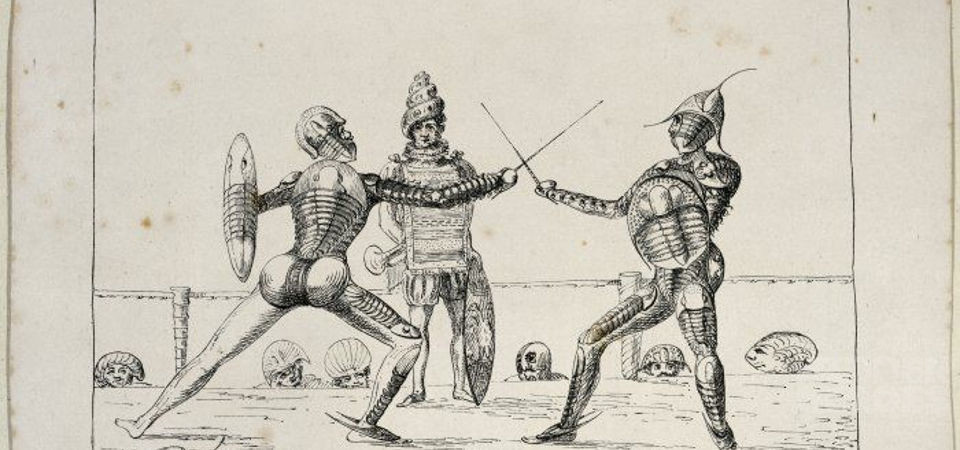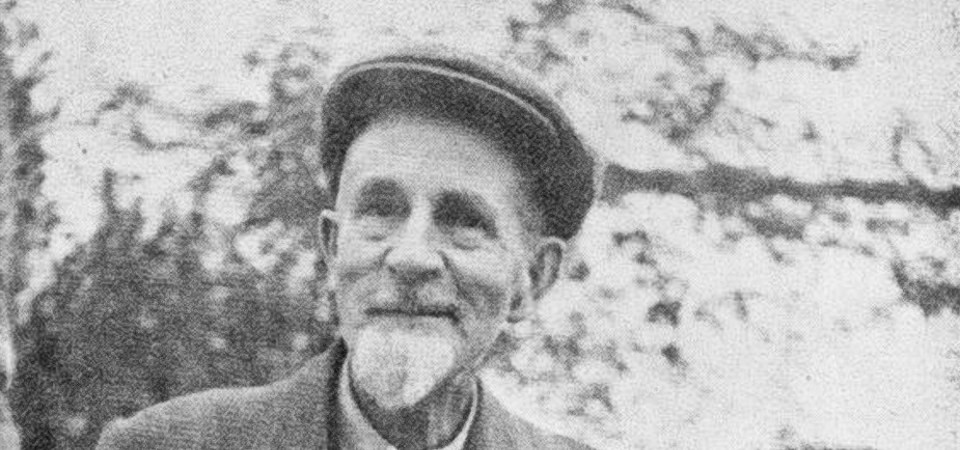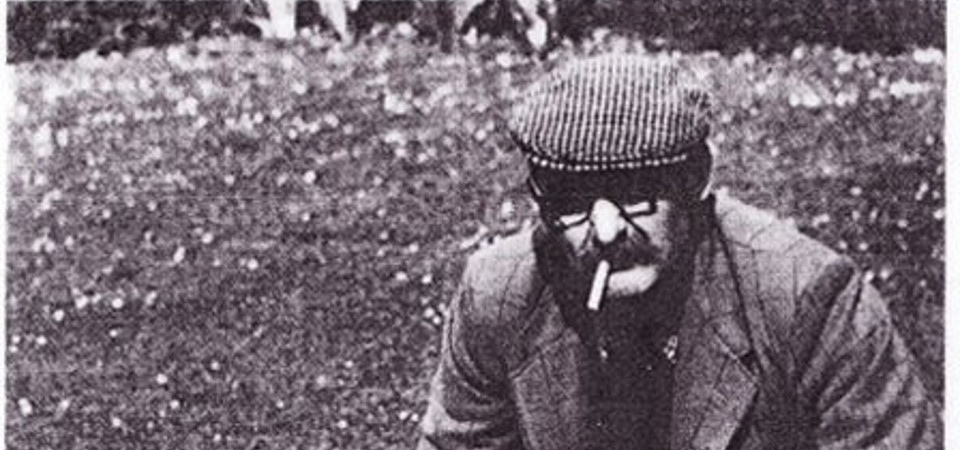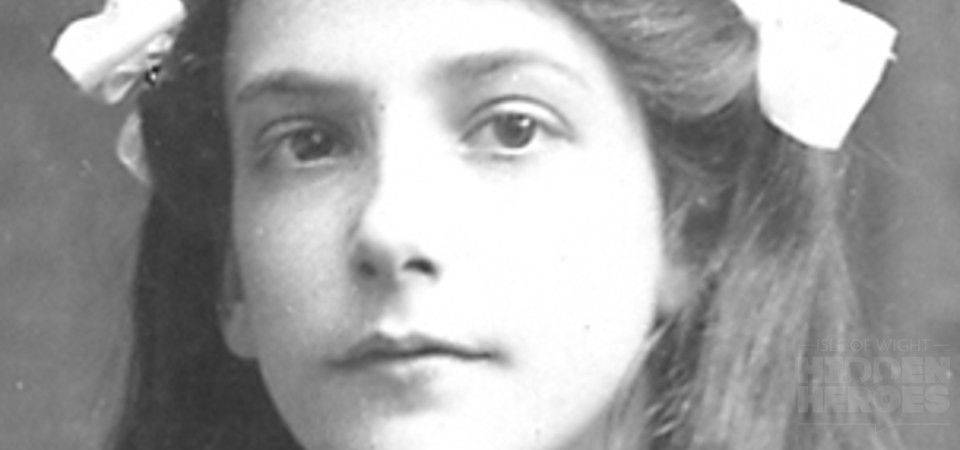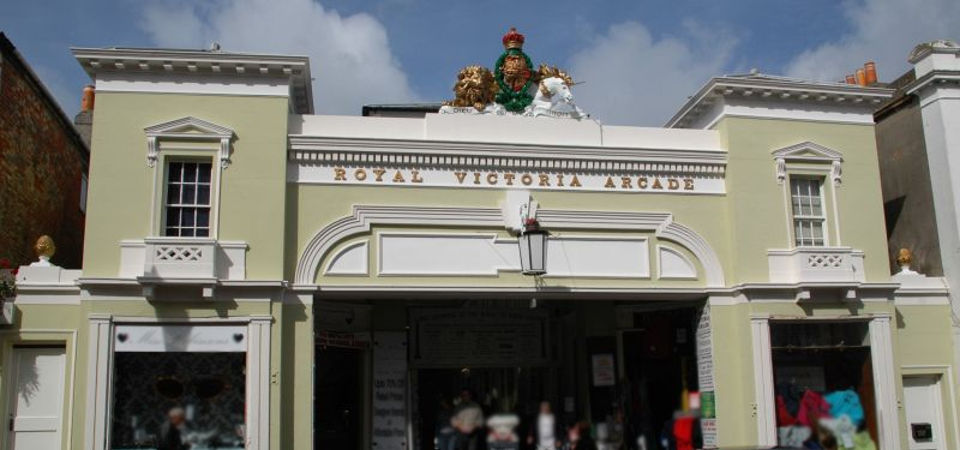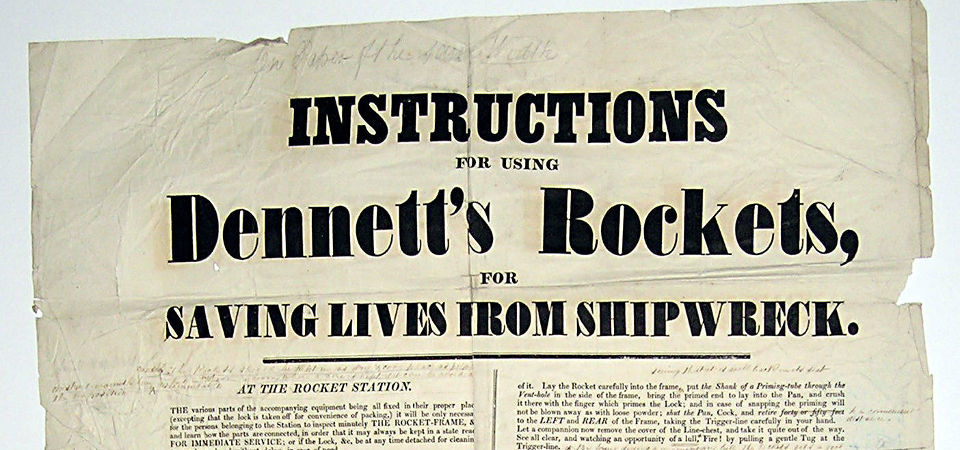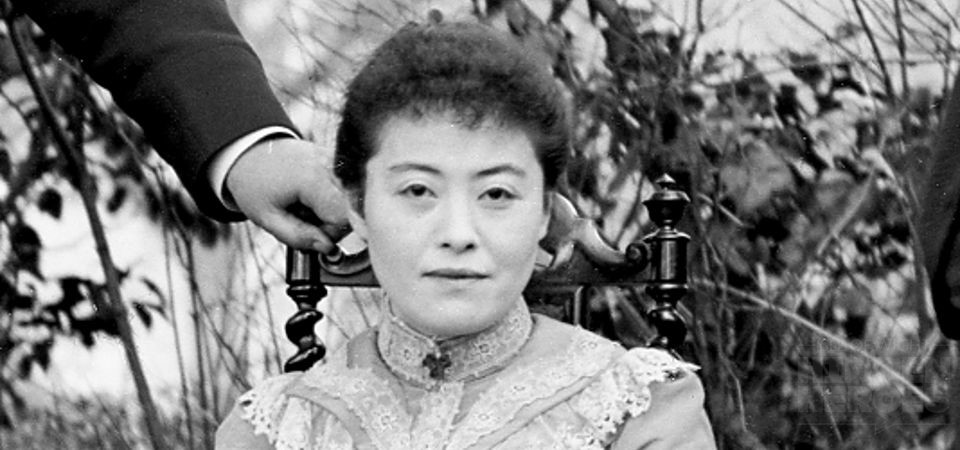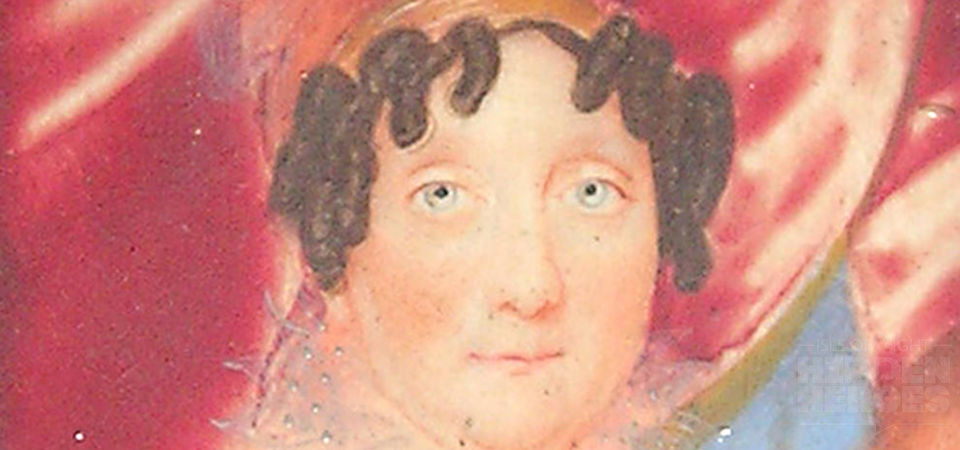Captain Ibbetson (1799-1869), English explorer, soldier, geologist and inventor, was an early experimenter in photography.
When making daguerreotypes he pioneered the use of limelight to reduce exposure times, and was able to produce lithographs from daguerreotypes. One of these lithographs was of a collection of fossils found in the Lower Greensand on the Isle of Wight, including a large heteromorph ammonite. He exhibited work at the London Society of Arts.
During the 1840s he was involved in geological mapping for the new railways.
He found the head of a large fossilised Hybodus shark skull on the Isle of Wight – this was sent to Sir Philip Malpas de Grey Egerton and it was discussed in the 1845 Proceedings of the Geological Society.
Published author
Together with Edwin Lankester he wrote a book ‘Notes on the geology and chemical composition of the various strata in the Isle of Wight’ published about 1852.
He worked with Professor Edward Forbes to publish a description of the Lower Greensand geology between Atherfield Point and Blackgang on the Isle of Wight.
Dueling Ibbetson
Gideon Mantell (who was credited with naming the large Iguanodon dinosaur found on the Isle of Wight) drew a sketch of Captain Ibbetson, engaged in a duel while both participants were carrying shields fashioned after extinct trilobites.
Thirst for information
Captain Ibbetson was one of a breed who had an interest in everything, and was able to use photography to make public his interest in geology.
Although he wasn’t from the Isle of Wight, his early exploration of the south-west coast is credited as forming part of the great 19th century scientific resource we use today, and his experiments in photography have gone largely unrecognized.


